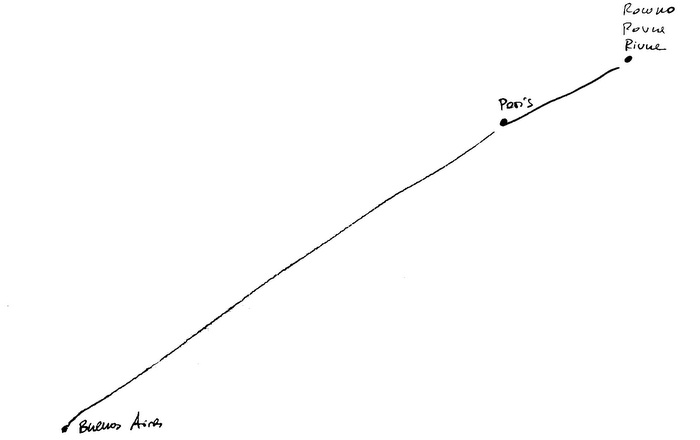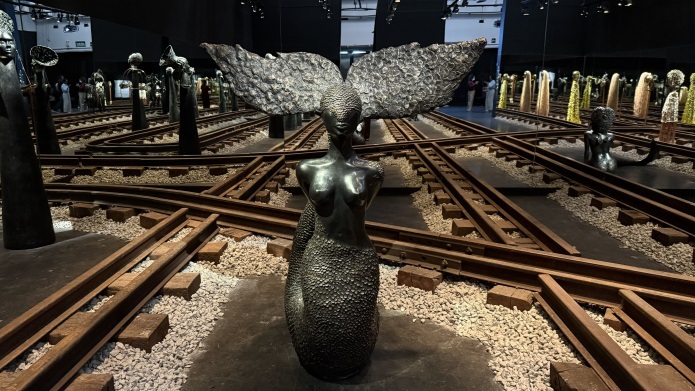By: Virginia Alberdi
Amidst the tensions of this contemporary world, that not a few times are reflected in transgression, nihilism and dystopias, the proposal of Cuban painter and draftsman Ernesto Garcia Peña (Matanzas, 1949) at the ArteMorfosis art gallery in the Swiss city of Zurich, reminds the audience of the humanist vocation of art and the never forgotten need of beauty.
This artist’s work has not grown apart from these times, but quite the opposite, his poetics has been clearly stated in the possibility of emotion, the triumph of the intimate experience, the revelation of the spirituality associated to the deepest rites of love.
The arts exhibit Lirica insular explains itself in the territoriality of the plastic expression and the coherence of the thematic variations. The artist recognizes to be a debtor of an inheritance that goes around Cuban visual arts of the 20th century that from a noticeable aesthetic and stylistic diversity tried to capture the bursting of a peculiar insular condition, without appealing to the baroque style or chromatic explosions.
Garcia Peña is not a painter of anecdotes, but environments. It weighs more the figurative suggestion that representation itself. For him, it is more convincing the insinuation than narration.
When I presented a previous exhibit of the artist in Havana, I realized that those who have followed, even superficially, the work of this creator could think that Garcia Peña takes no risks, without noticing that the true adventure is in the refinement of the style.
This notion has become more evident in Lirica insular, with the plus that for this European public the poetic reality in the exhibit contributes with a consistent novelty according to the critics, specialists and the audience that have assessed his works during the first days after the opening.
Betting on Garcia Peña was a wise decision for gallerist Johann Burkhard in his aspiration to turn ArteMorfosis into a window of established values of Cuban art in this present time.
Source: Granma















